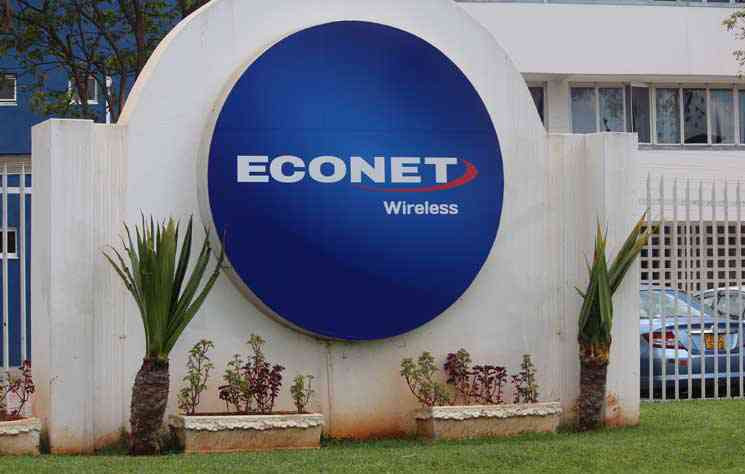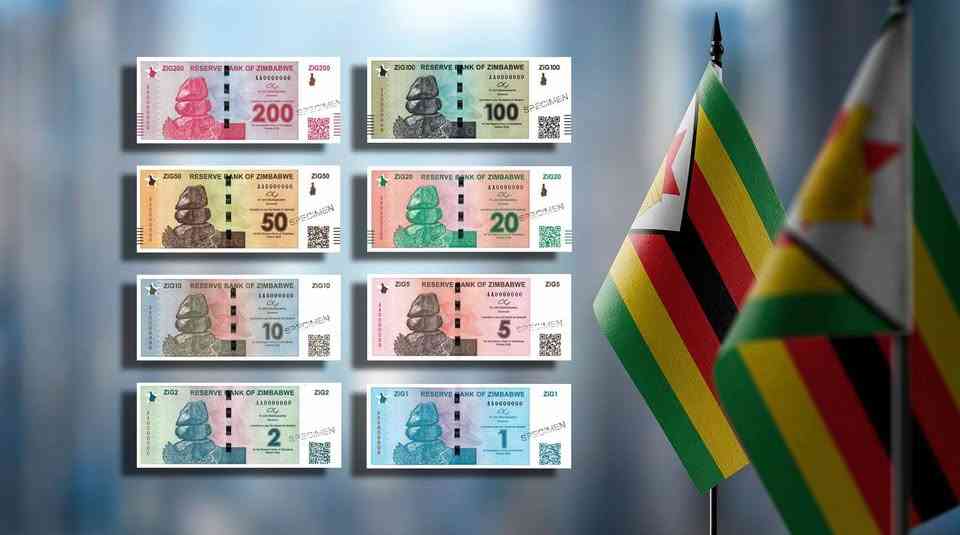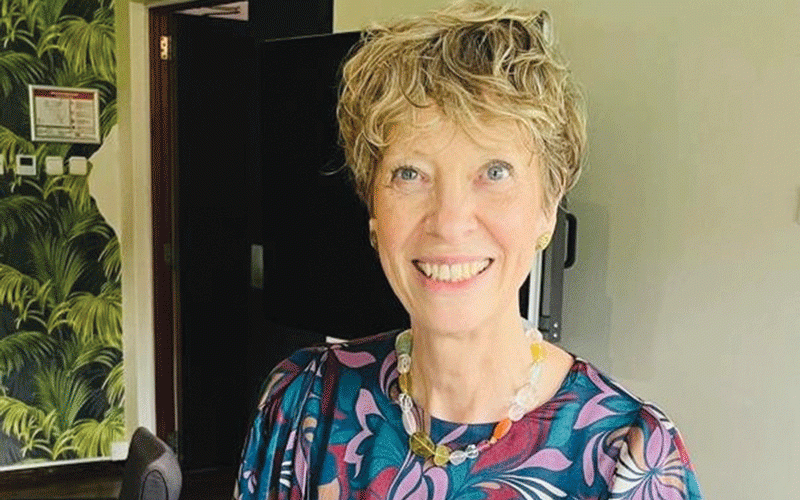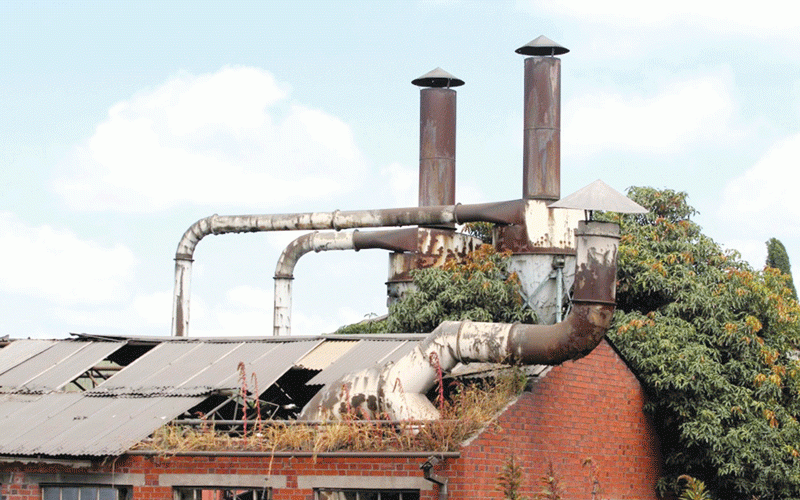
Zimbabwe’s telecoms companies, grappling with escalating operational costs and deepening foreign currency shortages, are set to roll out adjustments to promotional bundle tariffs for voice, data, and SMS. The changes come after receiving regulatory approval from the Postal and Telecommunications Regulatory Authority of Zimbabwe (Potraz).
While the headline tariffs remain unchanged, the approved increases specifically target promotional bundle prices.
Operators argue that the adjustments are essential to sustain operations in an increasingly volatile economic environment, which has also been flagged by the Zimbabwe National Chamber of Commerce (ZNCC).
In a recent meeting with the Reserve Bank of Zimbabwe, the ZNCC warned that access to foreign currency remains a major bottleneck for businesses.
This week, the Zimbabwe Independent was told the telecoms sector has not been spared. A weakening local currency and surging inflationary pressures have significantly disrupted cost structures, prompting operators to seek relief through tariff adjustments.
Although Potraz had initially approved a tariff hike late last year, operators deferred implementation to cushion consumers during the festive season. But with the one-year-old Zimbabwe Gold (ZiG) currency struggling to hold its ground against major units, and the government’s recent repeal of Statutory Instrument 81A — which had enforced use of the official exchange rate — telcos now say they are left with no option but to revise prices.
Econet Wireless, the country’s largest mobile network operator, announced the changes in a customer notice on Monday: “Please be advised that we are adjusting bundle prices (Voice, Data, and SMS) effective Wednesday, 21 May 2025.”
Correspondence between Potraz and one of the operators shows that while US dollar-denominated bundle prices saw little movement, ZiG-denominated tariffs have been raised by an average of 35%.
- Lessons for media from Kenya elections
- Kenya's top court to rule on disputed presidential election
- We were sad to see ED in Rwanda: Ndiweni
- Several injured in crush at Kenyan presidential inauguration
Keep Reading
The tariff hike follows a string of operational challenges that continue to erode the sector’s viability. In its latest Annual Sector Performance Report, Potraz warned that ballooning costs were threatening both the profitability and long-term sustainability of the industry.
According to the report, mobile network operators (MNOs) experienced a 42,83% rise in operating expenses in 2024, against a modest 14,45% growth in revenue. Total sector revenue increased from US$626,2 million in 2023 to US$716,6 million in 2024.
However, operating costs surged from US$256 million to US$365,6 million over the same period, placing enormous pressure on margins.
“The growth in operating costs outweighed the growth in revenue, as indicated by the worsening cost-to-income ratio from 40,88% to 51,02%,” Potraz noted.
Despite financial pressures, the country’s three mobile network operators—Econet, NetOne, and Telecel — collectively invested US$83,3 million in infrastructure in 2024, more than triple the US$26,9 million injected the previous year. Much of this capital expenditure went into expanding network coverage and upgrading technology platforms.
In contrast, the fixed network segment suffered setbacks. State-owned TelOne saw its revenue slump by 27,55% to US$78,4 million, while operating costs declined by 16,65% to US$71,4 million. Its capital investment collapsed by nearly 75%, from US$28,9 million in 2023 to just US$7,2 million in 2024.
The industry-wide cost-to-income ratio deteriorated further, climbing from 79,17% in 2023 to 91,08% in 2024, underscoring the sector’s increasingly fragile financial position.
“The sector was forced to innovate pricing strategies to remain competitive while trying to preserve profitability,” Potraz observed.
Among the most pressing challenges is the high cost of power and the persistent electricity outages. Operators are now heavily reliant on diesel generators and solar power systems to maintain service continuity.
But these alternative solutions are expensive, and the costs are inevitably passed on to consumers.
The pressure facing Zimbabwe’s telecommunications industry reflects broader trends unfolding across the southern African region, where operators in multiple markets are facing a convergence of economic strain, regulatory rigidity, and rising infrastructure costs.
While the severity of Zimbabwe’s economic crisis is unique, similar patterns are emerging in countries such as Zambia, Malawi, and Mozambique — where currency instability, inflation, and limited access to foreign exchange continue to erode the financial stability of the telecoms sector.
In South Africa, the region’s most advanced telecoms market, operators such as MTN and Vodacom are contending with a different set of constraints, largely tied to power outages due to load-shedding and rising energy prices.
These systemic challenges have significantly increased operational costs, forcing operators to invest billions in backup energy systems.
Although these markets enjoy higher levels of revenue and more developed infrastructure, the margin pressures are real and growing, especially as competition from internet-based communication platforms intensifies.
Across the region, there is a visible shift toward infrastructure sharing, as operators seek to cut costs by co-investing in tower and fibre infrastructure.
In countries such as Tanzania and Kenya, telecoms regulators have actively encouraged infrastructure sharing to expand rural coverage while containing capital expenditure.
Zimbabwe’s market is slowly moving in this direction, but the pace remains sluggish due to market fragmentation, legacy equipment, and limited capital availability.











